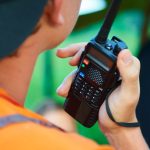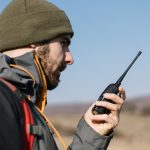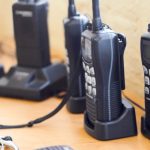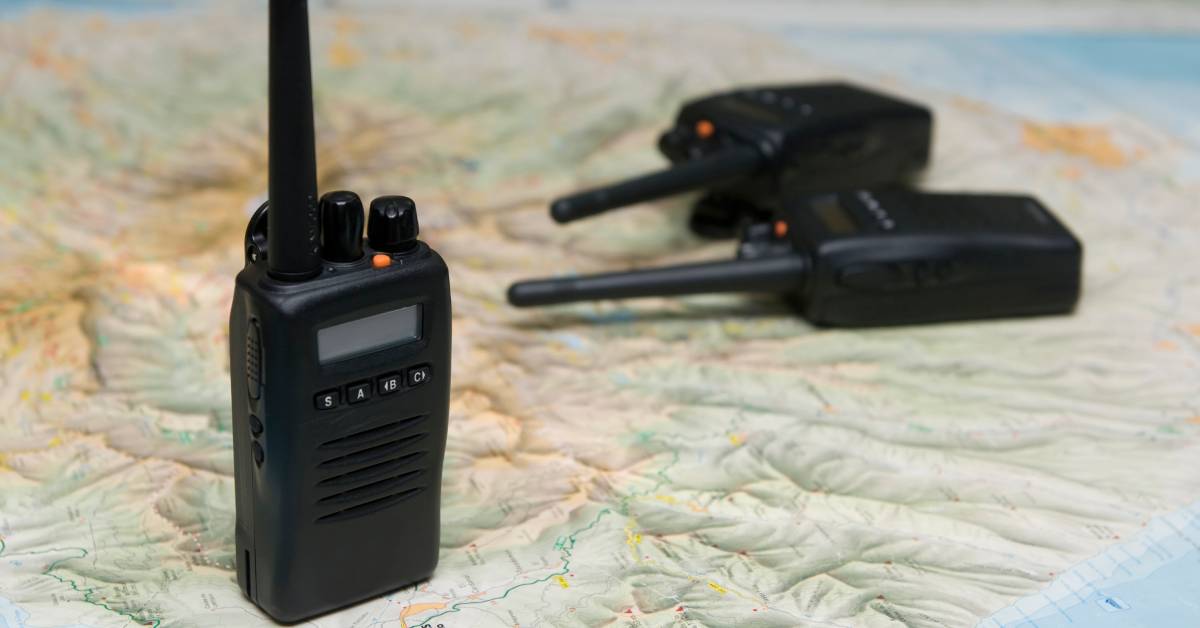Public safety uses specific channels to communicate. This is done to keep their lines of communication clear from general radio transmissions. Public safety channels are available in the VHF band, 220 MHz band, UHF, T-Band, 700 MHz narrowband, 700 MHz broadband, 800 MHz band, 4.9 GHz, and 5.9 GHz bands, as follows:
| Frequency | MHz Available for Public Safety |
|---|---|
| 25-50 MHz (VHF Low Band) | 6.3 MHz |
| 150-174 MHz (VHF High Band) | 3.6 MHz [non-contiguous] |
| 220-222 (220 MHz band) | 0.1 MHz |
| 450-470 (UHF Band) | 3.7 MHz [non-contiguous] |
| 758-769/788-799 MHz (700 Broadband) | 22 MHz (11 MHz x 11 MHz) [contiguous] |
| 768-775/798-805 (700 Narrowband)[1] | 14 MHz (7 MHz x 7 MHz) [contiguous] |
| 806-809/851-854 MHz (NPSPAC Band) | 6 MHz (3 MHz x 3 MHz) [contiguous] |
| 809-815/854-860 MHz (800 MHz Band) | 3.5 MHz (1.75 MHz x 1.75 MHz) [non-contiguous] |
| 4940-4990 MHz (4.9 GHz Band) | 50 MHz [contiguous] |
| 5850-5925 MHz band (5.9 GHz Band) | 75 MHz [contiguous] |
| [1] This includes 2 MHz of guard band. | |
The spectrum in the 758-769/788-799 MHz range has been allocated to the First Responder Network Authority (FirstNet). FirstNet’s primary responsibility is the establishment and operation of a nationwide broadband public safety network. In contrast, other public safety channels are licensed by the Federal Communications Commission (FCC) under varying regulations and administrative procedures.
Public safety channel assignments exhibit a range of characteristics. Some channels are designated for exclusive use by a single licensee within their designated service area, while others are shared, allowing multiple licensees to operate on the same channel within a specific geographical region. Narrowband channels within the 700 MHz band and the 800 MHz NPSPAC band adhere to channel plans devised by the 55 Regional Planning Committees (RPCs) and subsequently approved by the FCC.
For all channels, except those within the 4.9 GHz and 5.9 GHz bands, frequency coordination is enforced to prevent mutual interference. The 5.9 GHz band, also known as the Dedicated Short Range Communications Service (DSRCS), serves the purpose of enhancing automobile safety.












One thought on “Public safety radios Dedicated Frequencies:”